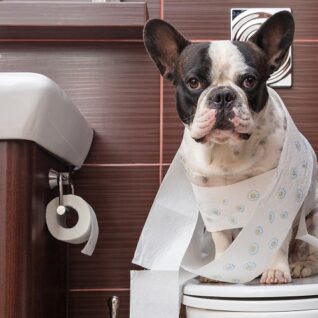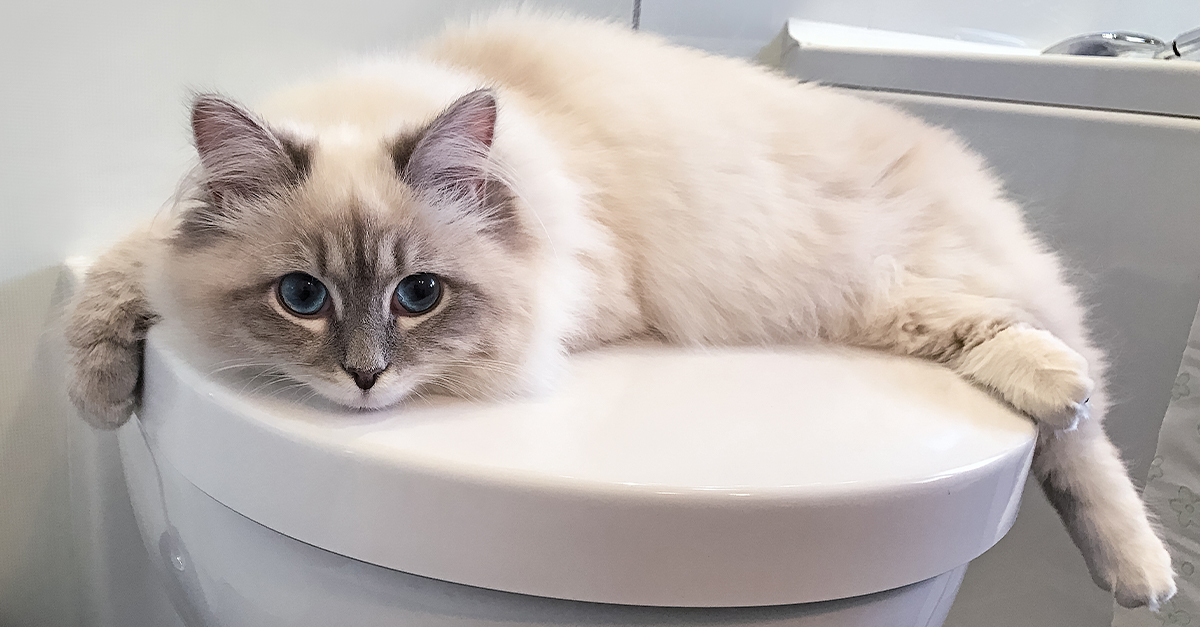Your Outcomes of Flushing Animal Waste Down the Toilet
Your Outcomes of Flushing Animal Waste Down the Toilet
Blog Article
What are your ideas about 10 Things You Should Never Flush Down The Toilet?

When it pertains to taking care of waste, specifically animal waste, many people commonly turn to the convenient option of flushing it down the toilet. Nevertheless, this relatively easy solution can have severe consequences for the setting and public health. In this short article, we'll explore why flushing animal waste down the commode is a negative idea and provide alternative techniques for correct disposal.
Introduction
Correct waste disposal is essential for preserving environmental sustainability and public health. While it might seem harmless to flush animal waste down the commode, it can cause various issues, both for the atmosphere and human health.
Risks of flushing pet waste
Environmental impact
Flushing animal waste presents damaging microorganisms and microorganisms into waterways, which can adversely influence marine communities. These pathogens can pollute water resources and injury marine life, interrupting fragile ecosystems.
Public health concerns
Animal waste consists of unsafe germs such as E. coli and Salmonella, which can position major health risks to human beings. Flushing animal waste down the bathroom can contaminate water materials, leading to the spread of diseases and infections.
Alternatives to flushing
Instead of purging pet waste down the bathroom, there are numerous different disposal methods that are a lot more environmentally friendly and hygienic.
Composting
Composting animal waste is an eco-friendly way to take care of it. By composting, raw material is broken down into nutrient-rich dirt, which can be utilized to feed gardens and plants.
Landfill disposal
Getting rid of animal waste in a land fill is one more alternative. While not as environmentally friendly as composting, it is a more secure alternative to flushing, as it protects against the contamination of water sources.
Pet dog garbage disposal systems
There are specialized pet dog garbage disposal systems readily available that securely and hygienically throw away pet waste. These systems frequently utilize enzymes to break down waste and remove smells.
Steps to correct animal waste disposal
To guarantee correct disposal of pet waste, adhere to these actions:
Scooping and bagging waste
Regularly scoop and bag pet waste making use of naturally degradable bags. This prevents waste from infecting the atmosphere.
Making use of assigned waste containers
Dispose of bagged animal waste in marked waste bins, such as garden compost bins or landfill containers. Prevent flushing it down the toilet in any way costs.
Cleaning can and family pet areas regularly
Consistently clean litter boxes and family pet areas to avoid the build-up of waste and germs. Use pet-safe cleaning products to keep health.
Advantages of proper disposal techniques
Adopting appropriate disposal approaches for pet waste provides a number of benefits:
Minimized environmental pollution
Correct disposal approaches lower the threat of environmental pollution, securing waterways and environments from contamination
Reduced danger of water contamination.
By avoiding flushing animal waste down the toilet, the threat of water contamination is dramatically lowered, guarding public health.
Enhanced hygiene and health
Proper disposal techniques advertise better hygiene and health, producing a more secure environment for both humans and animals.
Final thought
To conclude, flushing animal waste down the bathroom is hazardous to the setting and public health. By adopting alternative disposal approaches and complying with appropriate waste administration methods, we can decrease the adverse influence of pet waste and contribute to a cleaner, much healthier world.
What To Do With Dog Poo – The Do's And Don'ts Of Disposing Of Faeces
Dog poo bins
Some councils provide dedicated dog waste bins in popular dog-walking areas that can take dog poo that has been bagged but you can legally dispose of dog waste in any public litter bin, as long as it is securely bagged. This also applies to your wheelie bin at home.
Do not flush
Water companies do not recommend flushing dog faeces down the toilet because certain parasites can survive the water processing treatment and are potentially harmful to humans. You should also never consider flushing dog poo that has been bagged down the toilet as the bags will not break down and instead create severe blockages in the sewage system.
In the woods
The Forestry Commission promotes a ‘stick and flick’ method for dealing with waste in the woods. This means finding a stick and using it to flick any poo from off the path so that it is out of the way of other walkers. You could also bury it as long as it is not in an area where there might be livestock.
Livestock
Parasites found in dog poo can be transmitted to livestock if they inadvertently eat infected faeces that has been left on grazing land. This could result in the death of sheep or abortion in cattle so you should always make sure you pick up your dog’s waste in fields where livestock could be present.

We were made aware of that editorial about Can You Flush Dog and Cat Poo Down the Toilet? from a pal on a different web property. Are you aware of somebody else who is interested by the topic? Do not hesitate to promote it. I thank you for reading our article about Should you flush animal waste down the toilet.
Book Report this page